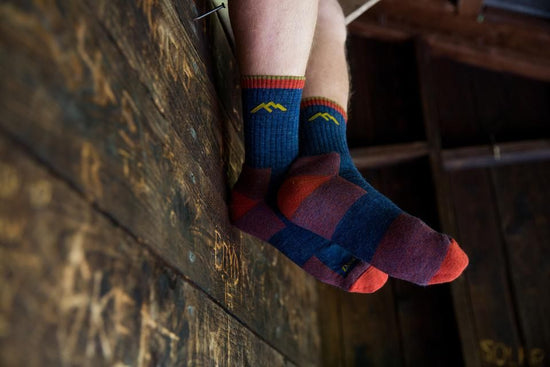During winter, one of the first birds to find a newly hung feeder is the Black-Capped chickadee or (in more southerly, yet cold, regions of the United States) the Carolina Chickadee. With their black masks and bibs setting off the white of their cheeks and chest, chickadees are one of the easiest birds to recognize and, most certainly, one of the cutest. But there is more to these little birds than their adorable appearance, for they have evolved fascinating ways to survive even the coldest of winters.
Every year, Chickadees will begin to show up at your feeder along with the first hard frost and then disappear with the coming of spring. The reason for this is that during the warmer seasons they relocate to the local woodlands and, often out of sight, feed themselves and their nestlings mostly on insects (especially eggs and caterpillars), spiders and other invertebrates. But when winter sets in, they change their diet completely and begin to eat mostly seeds and the berries that still cling to the now leafless plants.
Since they don’t migrate, chickadees have to be well adapted for winter living, but these little bundles of vitality, weighing in at just under a half-ounce have evolved a number of fascinating behaviors to generate and conserve energy in a frigid environment. The first of these is the ability to fluff up its feathers in order to retain its body heat, and they can fluff them up so much that their shape begins to look more like a ball than a bird.
But even with the insulation of their feathers, chickadees have to eat around 10% of their body weight each day to stay alive and, since they can’t feed at night, these little birds lower their body temperature by almost 20% from 105°F down to 88°F in order to conserve their energy until sunrise. They also increase their body temperature by vigorously shivering, which converts their stored body fat into heat. Yet, even with all these heat saving behaviors, chickadees don’t wake up with a lot of energy to spare, so they must start feedings soon after they warm themselves up. This is why chickadees will arrive at your feeder as the sun rises and be one of the last to leave as night approaches.
The chickadee’s need to constantly feed has led to another behavior that helps guarantee that these birds find enough food each day – a behavior called caching. If you watch a chickadee at a feeder, you will soon notice that it doesn’t loiter there but picks up a seed and flies away with it, only to return a short time later to repeat this operation once again. These flights from the feeder are journeys to hiding places where the birds store their food for later use. These caches are usually in holes or crevices in the bark of trees.
Only one or two seeds are stored in each hiding place and there are many of these stashes spread throughout the woods in its multi-acre pantry. Because of this, the chickadee must have a good memory if it is going to find them all again, and it can do this because it has another special ability – it can increase the size of the part of its brain that deals with memory in winter and shrink it down again when spring arrives.
Chickadees also gather into small flocks of five to ten birds (called a banditry) as the weather cools. This behavior offers several advantages to each individual bird. First off, there are more eyes to spot predators and to locate sources of food (like your feeder). The birds keep up a steady chatter of calls to keep in contact with the flock and some scientist have said these calls are so sophisticated that they are almost a language.
For instance, the “chick-a-dee” call that gives these birds their name lets other members of the flock know that danger is near, and the number of “dees” at the end of the call will let you know just how anxious the caller is. One or two of them denotes mild arousal, but if an owl, hawk, or other dangerous raptor is spotted perched nearby, more than ten “dees” can be added to the call. It is believed that this behavior gathers the flock so they can band together to drive the predator away.
If you regularly go out to fill your feeder, you will find that your local chickadees stop calling and flying away as they get used to your presence. In fact, especially after snowstorms, they can be easily trained to feed from your hand. The way to do this is to hold some seeds (sunflower seeds and shelled peanuts are best) in your outstretched hand and prop that hand in a position you can hold for a few minutes. Do this before you fill your feeder since the birds will be hungrier and, thus, more daring. I have had chickadees come to my hand the first time I tried to hand feed them, but it usually takes a few attempts before they feel safe enough to get so close to you.
When you succeed in getting one of these birds to feed from your hand and experience the grip of its tiny feet, you will feel there is something special about this little life that trusted you and know that you helped it live through the cold season. For chickadees live on the edge of survival during a very cold winter, and the supplemental food found at your feeder and in your hand will allow twice as many of these tiny creatures stay alive until spring.
As you lie awake on a stormy, winter night, consider the fact that somewhere, in the nearby woods, a chickadee is resting in a small hole in a tree with its feathers fully fluffed, its beak snugly tucked under its wing, and utilizing the food you provided to generate enough body heat to stay alive until the dawn. The satisfaction you will feel for having helped this little bird will be a generous reward for putting out a few pennies worth of seeds.



